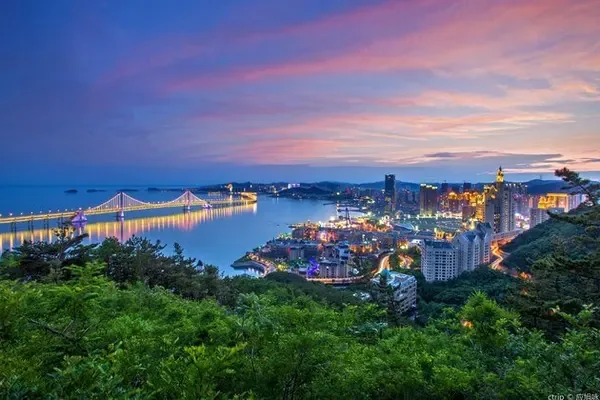The Qinghai-Tibet Plateau has always been a holy land of adventure in the minds of self-driving tour enthusiasts, and the southern Xinjiang separated from the Kunlun Mountains, due to various reasons, is not as famous as the former, but it is also an excellent off-road adventure destination. Use the camera lens to take you to appreciate Hetian. Mei, let you know a different Hotan.
Here, have you seen explorers such as Sven Hedin in the 19th century?
At the first Global Adventure Tourism Forum in 2018, the three prefectures in southern Xinjiang - Bayingoleng Mongolian Autonomous Prefecture, Hotan area, and Kashgar area were all rated as China's top ten adventure tourism destinations!
Today I want to tell you about Hotan, a place famous for its jade, which is actually an underestimated place for self-driving adventure.
Uncredited images in this article are from Hotan photographer Adil Nadir, and the third part is compiled from several of his articles.
The Hotan area is located at the southernmost tip of Xinjiang, surrounded by the Kunlun Mountains and Karakorum Mountains in the south, reaching the junction of the northern Qinghai-Tibet Plateau and Tibet, and connecting with the Aksu area in the north through the vast Taklamakan Desert.
Looking down from a high altitude, you will find that Hotan is fan-shaped, like a carpet at the foot of Kunlun Mountain.
It is about 670 kilometers long from east to west and 600 kilometers wide from north to south. Hotan City is 1513 kilometers away from Urumqi City.
The Hotan area is composed of the southern mountainous area, the central plain and the northern desert area. The southern mountainous area is located in the middle of the Kunlun Mountains.
There are also large-scale glaciers here, which are the source of inland rivers in the southern Tarim Basin and one of the important sources of supply for the main rivers in Hotan.
In the central region where mountains and deserts coexist, there are pearl plain oases scattered on the alluvial fans of various rivers, as well as villages, towns and cities with different styles.
The extremely arid desert climate has created extraordinary mountains and rivers, as well as different geographical features. The original features of nature are intact and beautiful.
The line of sight is always accompanied by the towering snow-capped mountains. The visual height difference of nearly 3,000 meters and the contrast of one rigid and one soft lines make the "ancestor of the mountain" look extraordinarily tall and magnificent.
Hetian jade was called Kunshan jade in ancient times, and was developed and utilized by ancient ancestors. As a precious item, it was transported eastward and westward from Hotan area of Kunlun Mountains, forming the "jade road" two or three thousand years earlier than the Silk Road. road".
This ancient area is not only the birthplace of the ancient jade road, but also the center of the South Silk Road, which has always been a land transportation hub connecting Asia, Europe and Africa.
From Hotan to the south via the Karakoram Mountains or to the west via the Pamirs, you can reach Central Asia, South Asia and even Europe, and go east along the southern edge of the Tarim Basin into central China.
The economies, cultures, and religions of the East and the West exchange and fuse here, enabling them to create and evolve their own unique history and splendid civilization.
Between the desert and the mountains, Hotan guards the main roads of the Jade Road and the Silk Road.
Hotan was once one of the earliest Buddhist centers in the ancient Western Regions. According to textual research, it was also one of the earliest areas where Buddhism was introduced into China.
The true beauty of Hotan is inseparable from the rich and colorful local folk customs in addition to the unique natural and historical landscape.
Adil Nadir, a member of the Xinjiang Photographers Association, has a deep understanding of this part.
He has developed a strong interest in photography since he was young, and has taken countless pictures of colorful Wada with his emotional lens.
"I like to take photos of folk customs in Xinjiang, which allows me to lean down and better understand the land where I grew up. I also hope that through my photos, more people will fall in love with Hotan, a mysterious land in western China."
In his shots, various themes of Hotan are included, such as Muqam, the owner of the steamed bun shop, Dananjia, the night view of Hotan city...

